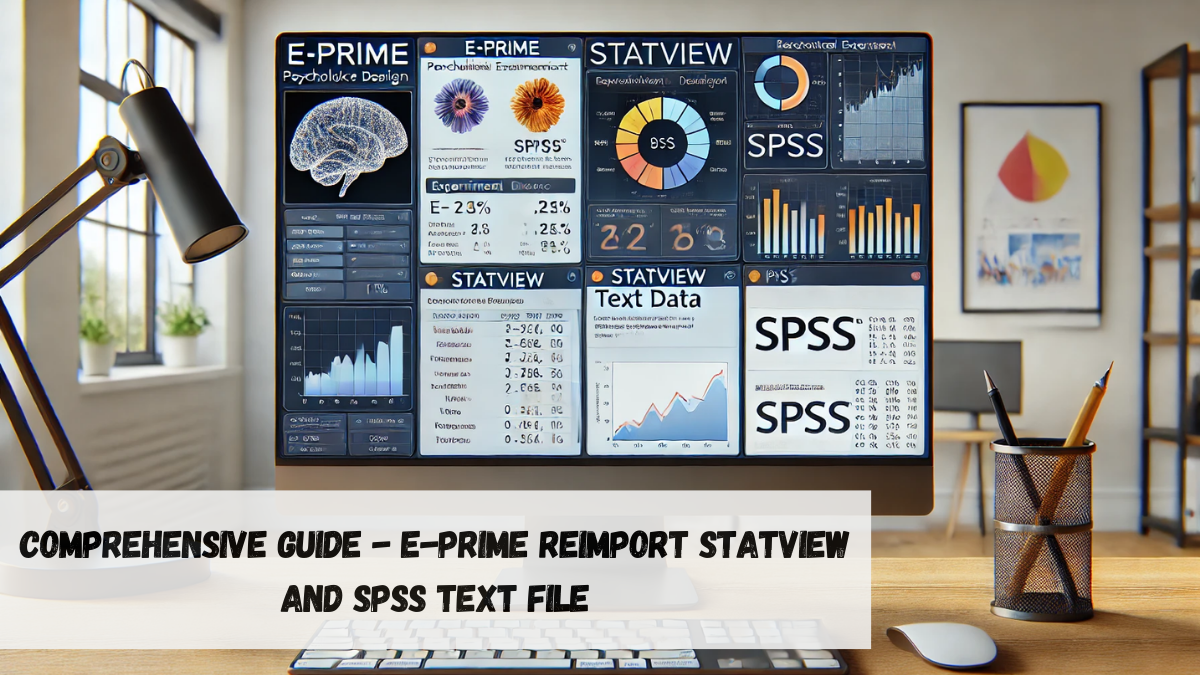Introduction to /mixlab/folder_paths false 'llamafile'
If you’re dealing with complex file management tasks, you may have come across the term /mixlab/folder_paths false 'llamafile'. While it might seem technical and overwhelming, this specific command plays a significant role in managing folder paths within certain software environments, such as Mixlab or systems requiring efficient file management.
The /mixlab/folder_paths false 'llamafile' command is a key tool for managing folder paths, used in specialized software environments to organize and streamline file management workflows effectively.
In this article, we’ll explore everything about this command, how it works, and how you can use it to optimize file and folder management. Our goal is to make the content as simple as possible, using basic terms that even beginners can follow easily.
Let’s dive into understanding /mixlab/folder_paths false 'llamafile' and how you can incorporate it into your workflow.
What Is /mixlab/folder_paths false 'llamafile'?
At its core, /mixlab/folder_paths false 'llamafile' is a command or configuration line that manages how folder paths are handled in specific systems. The “false” part of the command suggests that some automated or expected behavior is being disabled, while ‘llamafile’ is likely the name of a file or an entity that’s being affected.
In simpler terms, this command is instructing the system not to automatically follow predefined folder paths and, instead, use a custom or altered setup defined by ‘llamafile’. This kind of control can be critical when managing projects, especially those involving large datasets or multiple files spread across different directories.
Breaking Down the Components of /mixlab/folder_paths false 'llamafile'
1. /mixlab/
Mixlab likely refers to a workspace or software environment where files and folders are managed. It could be a customized tool or part of a larger framework that supports creative projects, coding, or other technical tasks.
2. folder_paths
This part refers to the directories or pathways where files are stored. When working with software or scripts, paths are essential for directing the system to locate and organize files. A proper understanding of folder paths can prevent errors and ensure smoother operations.
3. false
The term false indicates a boolean value, which means a decision has been made to turn off or disable certain default behaviors. In this context, it might mean the system is bypassing automatic path settings and allowing users to define their own pathways.
4. 'llamafile'
This refers to a specific file or configuration associated with the path behavior. ‘Llamafile’ could represent a custom file that holds instructions, or it may store alternative paths for handling resources, making the management of multiple files easier.
How Does /mixlab/folder_paths false 'llamafile' Work?
The exact purpose of /mixlab/folder_paths false 'llamafile' can depend on your environment, but typically, it allows users to customize how folder paths are processed. For instance:
- If you’re working on a project where files are scattered across different folders, this command helps manage those folders without the system automatically following preset paths.
- It gives the user more flexibility in defining how files are accessed, which is helpful for projects that involve massive datasets, distributed resources, or unusual file structures.
Use Case Example:
Imagine you’re working on a large video editing project using Mixlab. You have thousands of assets (videos, audio, effects) spread across various folders. Instead of letting the system auto-organize these files, /mixlab/folder_paths false 'llamafile' could be employed to define a custom organization, making it easier to track and manage assets.
Why Is /mixlab/folder_paths false 'llamafile' Important?
There are several reasons why this command and its customization capabilities matter, particularly in environments that handle large volumes of files.
- Custom File Management:
By using/mixlab/folder_paths false 'llamafile', you have greater control over how files are accessed and managed. It prevents the system from overriding your organization with default behaviors. - Increased Flexibility:
The false setting ensures that predefined paths are ignored, allowing for more complex or non-standard directory structures. This is crucial for users who need to deviate from the norm. - Error Reduction:
In many cases, automated path-following can result in errors, especially if files are moved or directories are restructured. Using/mixlab/folder_paths false 'llamafile'minimizes such issues by allowing users to control paths manually.
How to Implement /mixlab/folder_paths false 'llamafile' in Your Workflow
Here’s a simplified step-by-step guide on how to incorporate this command into your workflow:
- Determine Your File Structure:
Before using/mixlab/folder_paths false 'llamafile', outline how your folders and files are organized. Create a logical structure that will benefit from custom paths. - Understand Your Software Environment:
Whether you’re using Mixlab or another program, ensure you understand how folder paths work within the system. Know the default behavior before you modify it. - Create or Modify a ‘llamafile’:
This file will hold the instructions for handling folder paths. Ensure it’s well-organized and includes any custom settings necessary for your project. - Run the Command:
Input/mixlab/folder_paths false 'llamafile'into the system and confirm that it executes properly. Test to ensure that the correct paths are followed.
Best Practices for Using /mixlab/folder_paths false 'llamafile'
To make the most out of this command, follow these tips:
- Organize Files in Advance: Before implementing the command, have a clear idea of your file structure to avoid confusion.
- Back Up Important Data: Any time you’re changing system configurations, it’s wise to back up critical files in case something goes wrong.
- Test Regularly: Run tests after configuring ‘llamafile’ to ensure paths are being followed correctly.
Frequently Asked Questions (FAQs)
1. What does /mixlab/folder_paths false 'llamafile' do?
It customizes how folder paths are managed within certain environments, giving users control over file directory structures and bypassing default behaviors.
2. Is this command only for Mixlab software?
While it might be primarily used in Mixlab, similar commands could exist in other file management systems, especially in technical and creative environments.
3. Why would I want to disable automatic path management?
Disabling automatic path management allows you to define custom folder paths, which is especially helpful for non-standard or complex file structures.
4. What happens if I don’t create a ‘llamafile’?
Without a ‘llamafile’, the system will likely default to automatic path management, potentially leading to confusion if you need specific file handling.
Conclusion
The /mixlab/folder_paths false 'llamafile' command may seem highly technical, but its utility in managing folder paths effectively makes it an essential tool in certain work environments. By gaining control over how files and directories are organized, users can improve their workflows, reduce errors, and tailor their file management systems to their unique needs.
With the right approach, this command can save time, streamline processes, and improve project efficiency. Whether you’re dealing with video editing projects, software development, or any file-heavy task, /mixlab/folder_paths false 'llamafile' offers flexibility and precision that few other commands provide.




